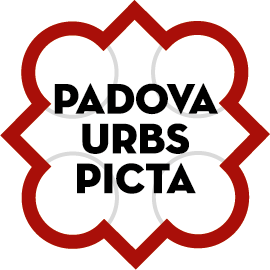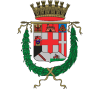The Scrovegni Chapel is not only one of the greatest but also one of the most influential masterpieces in the history of Western Art. In his frescoes here, painted between 1303 and 1305, Giotto revolutionised the language of painting. The divine took on human form, thanks to the introduction of a new realism that made it possible to portray passions and feelings though bodily gestures and facial expressions. And at the same time, developments in the use of perspective meant that pictorial space acquired depth, with both colour and light being used to modelled form.
Thanks to Giotto, early-fourteenth-century Padua was at the forefront in the art of painting. Throughout that century, and into the fifteenth and then sixteenth centuries, artists such as Paolo Uccello, Piero Della Francesco and Michelangelo would flock to the city eager to study, copy, learn from – or even just imitate – what Giotto had achieved. And to his immediate contemporaries, Giotto’s pictorial language was extraordinarily innovative and a cause of great admiration. For example, in Canto XI of his Purgatorio (written around 1313), Dante celebrated the most celebrated painter of his day in the famous phrase “… now all cry out about Giotto.” In one sense, the pictorial language that Western art inherited from Giotto would remain unchanged until the revolutions brought about in the early twentieth century by the likes of Picasso.
The Scrovegni Chapel is also remarkable from a theological point of view – as daring and innovative as the painter who produced it. Recent studies have shown how the dado monochrome frescoes of The Vices and Virtues reveal extensive knowledge of Augustinian thought. This clearly suggests that working alongside the Florentine artist was a knowledgeable spiritual guide, whom evidence leads scholars to identify as Alberto da Padova, a member of the Augustinian order of the Friars Eremite. Born in 1269, Alberto would die in Paris in 1328, where he had taught theology at the Sorbonne for around ten years. Archive documents show Alberto to have been in Padua over the same period of time that the Scrovegni frescoes were painted. It is this, scholars argue, that explains the presence in Giotto’s work of explicit references to various texts of Augustinian theology, as well as to the literature of the Classical and Medieval tradition.
This great synthesis of medieval philosophy and theology immerses us in a spiritual world which strives towards Justice and inner Purification; which nurtures Hope and a hunger for the Good. Thus Art here calls upon us to meditate upon what it means to be human; to reflect upon the decisions and choices that form our life.
How to visit the Chapel: click here.












